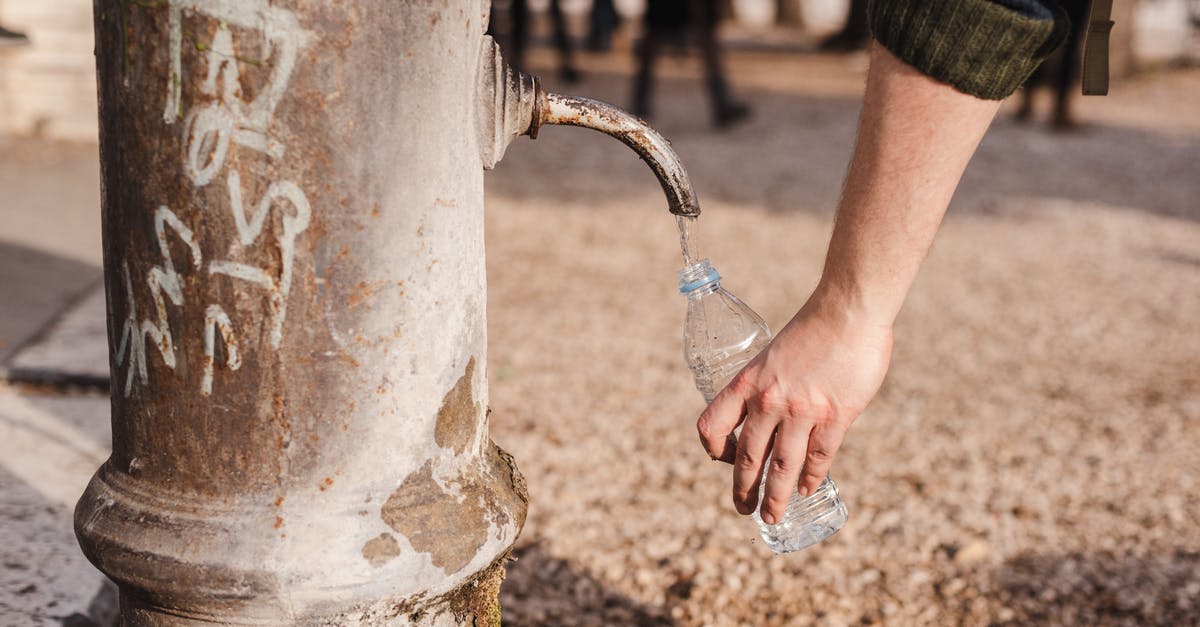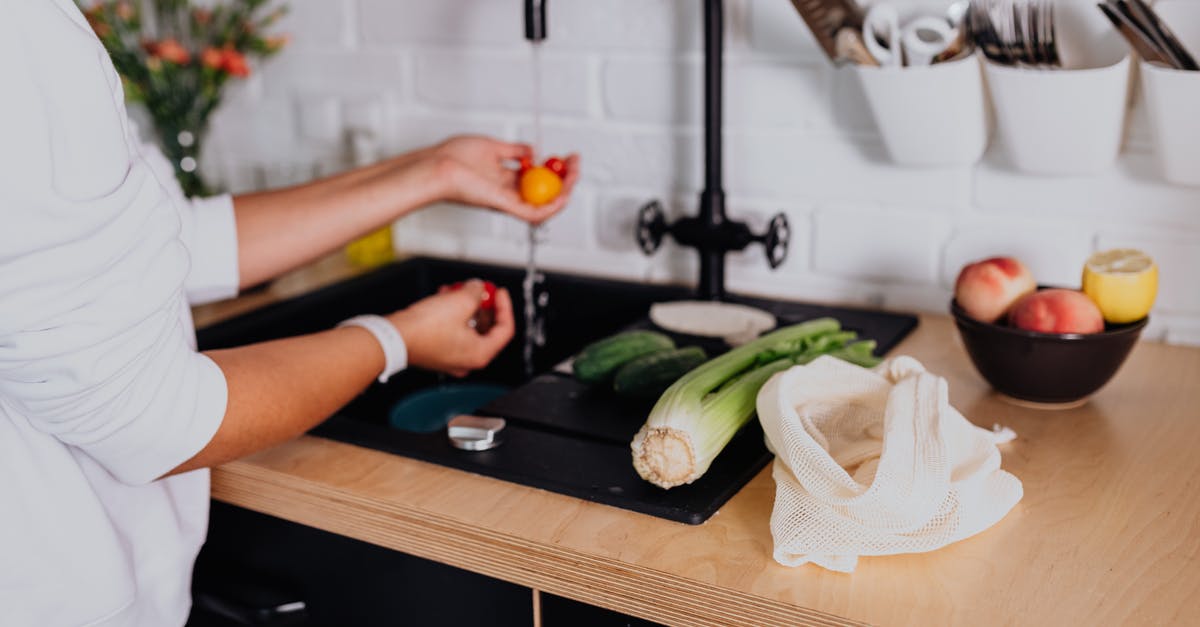Kefir sensitivity to drinking tap water?

I had a batch of kefir go bad - a slightly un-nice parmigiano smell and bits and pieces of proper cheese-like consistency. I tried gently rinsing in water and putting it back into a fresh batch of milk (risking bits and pieces of "cheese" in the milk over overstressing the grains), but it ended up the same way after 24h - separating into "cheese" and whey and same un-nice parmigiano smell.
So I washed the grains through a bit wider retainer and made sure all bits and pieces are really clean under a stream of water.
So I'm wondering, how well do kefir grains handle drinking water? Can the kefir grains be dipped in water for 10-15 minutes to facilitate easier cleaning? (instead of exposing them to a stream of water from the tap). What if the tap water is chlorinated for drinking purposes? In my particular case the water does not have a chlorine smell, but chlorine and other anti-bacterial agents are almost certainly there.
Best Answer
In general, rinsing milk kefir grains is not recommended. Rinsing grains apparently washes off a layer of protective bacteria. An experiment showed that rinsing produced grains that were smaller, and kefir that was milder.
I'm told that occasionally the grains build up orange fatty deposits that must be rinsed off, though I've never seen this so far. If you must rinse the grains, then the advice is to use as mild and soft water as possible. The link specifies non-chlorinated water. I've also seen advice that says the water should be boiled to kill possible contaminant bacteria, then cooled to room temperature before being used for rinsing the grains.
That said, kefir grains are hardy little chaps. Or chappettes, if they're of the feminine persuasion. I don't know where they identify along the gender spectrum. But I digress. They're pretty resilient and bounce back nicely from most injury. You may need two or three changes of milk but they will most likely thrive again soon.
Which leaves the question of why your kefir was the way it was: separated and tangy. There are two possible reasons. The unlikely and more worrying one is cross-contamination from cheese, sourdough, yeast, or other cultures. In that case, you may be out of luck and will need new grains; though you could try the suggested remedies at that question too.
But a far more likely scenario is simply that your kefir is overfermented. When kefir ferments for too long or too quickly, it separates into watery whey and thick curds. Cultures for Health mentions the precise symptoms you're seeing:
Other characteristics include a strong yeast or cheese odor, as well as a tangier-than-usual kefir flavor.
Such separated kefir is fine to consume, though. If you stir the kefir, the liquid and the curds will mix and it will be easy to strain out the grains, which are otherwise hard to discern in the curds. Once you do that, you can drink it right away, and the flavor is not as strong as the separated kefir. Or let it separate again by leaving it undisturbed for a couple hours. The curds can be eaten, and the whey used for baking bread, adding to soups, etc.
So how to prevent overfermentation in the first place? Separation is a sign that all the milk sugars have been converted into the thick curds, leaving behind the watery whey. The standard reasons and remedies for this are:
- Fermentation time is too long and your milk is done separating before 24 hours. Check your kefir at 12 hours, 18 hours, etc.
- Too little milk. Since it's inconvenient to have less than a one day cycle for kefir, just add more milk for the same amount of grains.
- Too much starter. If you started with some grains and haven't ever taken some out, but have kept adding all the grains back to the fresh batch, then you probably are using too many grains. More grains = quicker fermentation. As the grains grow, you need to remove some so that the quantity of starter stays roughly the same between batches. I usually need to do this once every ten days or so. You can eat the grains (which I don't recommend) or give them away. As you know from your previous question, they store well in the fridge with milk until you find someone to take them off your hands.
- Temperature a bit too high. You can slow down the fermentation by trying a cooler spot. Or do a long ferment in the fridge. Or simply use cold milk to start each batch, instead of room temperature milk. I invariably use cold milk because otherwise my kefir is done more quickly than I can drink it.
Some combination of the above will probably solve the issue for you.
Pictures about "Kefir sensitivity to drinking tap water?"



Can I use tap water for my water kefir?
The short answer is surprisingly, yes. Water kefir grains and ginger beer plant will survive tap water with all that chlorine, chloramine, fluoride, THM's, HAA's, anti-depressants, and other contaminants.Can I use distilled water for water kefir?
Make Your Water Kefir. Brew water kefir in smaller batches, as it ferments much faster than Kombucha. Use water that has no chlorine or fluoride, as these damage the kefir grains. Conversely, distilled water does not have the minerals that tap water does, which feed the grains as well.Who should not drink kefir?
Drinking 1\u20133 cups (237\u2013710 mL) of kefir daily can be a great way to boost your intake of probiotics. Certain people may need to limit their intake, including people with diabetes or autoimmune disorders and those following a low carb or ketogenic diet.Can kefir water make you sick?
Kefir can cause side effects like bloating, nausea, intestinal cramping, and constipation, especially when first started. These side effects usually stop with continued use.The Truth About Kefir Finally Explained
Sources: Stack Exchange - This article follows the attribution requirements of Stack Exchange and is licensed under CC BY-SA 3.0.
Images: Olga Lioncat, EKATERINA BOLOVTSOVA, Gustavo Fring, Karolina Grabowska
